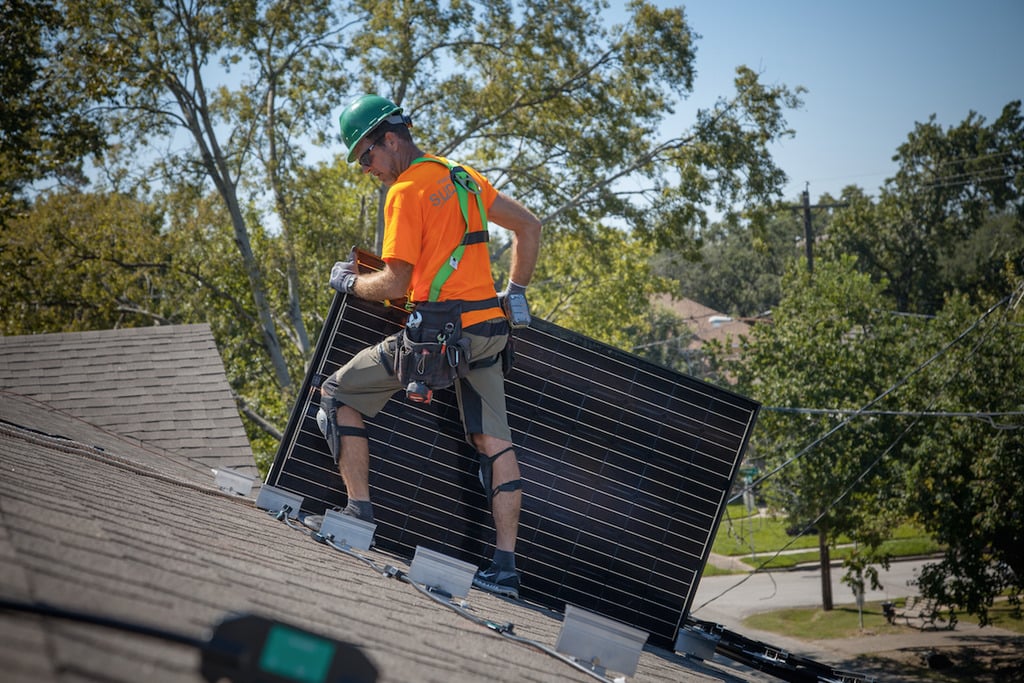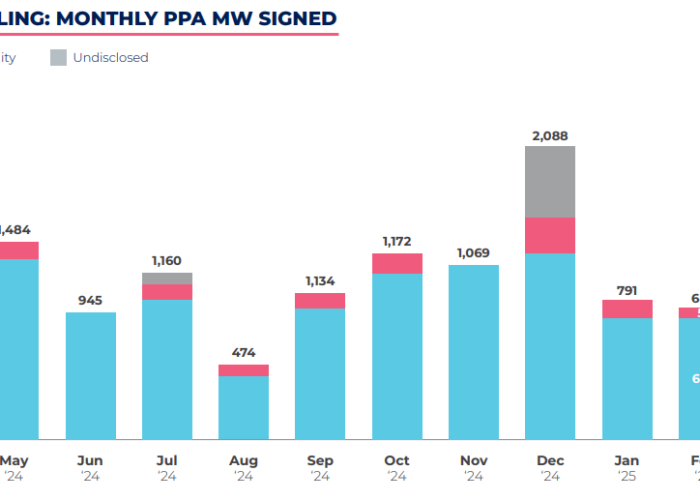
US residential solar provider Sunnova has stood by its original guidance for 2020 despite recording a heavy loss in Q3, pointing towards a growing number of dealers and services it is offering.
Reporting its Q3 2020 financial performance yesterday, Sunnova noted that revenue grew by some 37% year-on-year for the three months ended 30 September, totalling US$50.2 million. This contributed to a sizeable jump in adjusted EBITDA, which was up more than 50% year-on-year to US$24.4 million.
Unlock unlimited access for 12 whole months of distinctive global analysis
Photovoltaics International is now included.
- Regular insight and analysis of the industry’s biggest developments
- In-depth interviews with the industry’s leading figures
- Unlimited digital access to the PV Tech Power journal catalogue
- Unlimited digital access to the Photovoltaics International journal catalogue
- Access to more than 1,000 technical papers
- Discounts on Solar Media’s portfolio of events, in-person and virtual
Or continue reading this article for free
But the group’s operating expenses grew in tandem, and Sunnova’s Q3 loss more than doubling year-on-year to US$73.3 million, a figure it largely attributed to a decision to convert some debt notes into common stock during the quarter.
Losses for the year to date now stand at US$179 million, up nearly 50% on last year, with higher net interest expenses also to blame. As a result, the full-year figure looks all but set to significantly exceed the US$133.4 million Sunnova lost in 2019.
Nevertheless, Sunnova has stood by its 2020 guidance issued earlier this year of adjusted earnings of between US$58 – 62 million, with between 28,000 – 30,000 new customer additions expected this year.
And the company expects an upward trajectory to continue into next year. Issuing its guidance for 2021, Sunnova is forecasting adjusted earnings to leap to the US$77 – 83 million range, with between 42,000 and 48,000 new customers added.
William J. Berger, CEO at Sunnova, said companies like his own that can offer energy services to homes only stood to become “more attractive” as instability of regional power grids caused by weather events grew, with the integration of new behind-the-meter technologies posing an adept solution.
“Driven by these rapid changes in technology, and a growing consumer appetite for cleaner, more reliable, and less expensive energy, Sunnova is well positioned to become the leading wireless power provider that consumers choose to power their energy independence,” he said.







